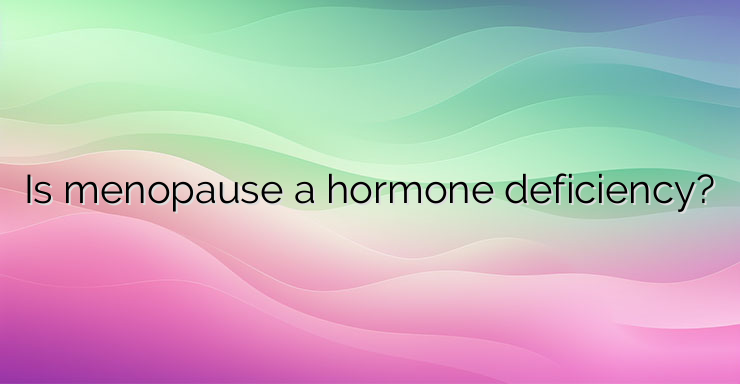Let’s talk about menopause—it’s just another stage of life, like childhood, adolescence, or motherhood. It’s definitely not the start of old age! During menopause, a woman doesn’t lose her beauty or charm. It’s a natural phase that needs attention and care to prevent any complications.
So, what exactly happens during menopause? Well, it kicks in around the age of 51 on average, and symptoms can last for about seven years. One of the first signs is changes in menstrual cycles—they become irregular until they stop altogether. You might also notice changes in blood flow—it can be heavier or lighter.
During the menstrual cycle, your body goes through some horological changes. From the first day of your period to the next, your ovaries produce estrogen, which peaks around day 14. This is when ovulation happens—the release of an egg for fertilization. Then, the follicle becomes a corpus luteum, producing progesterone, which thickens the uterine lining for a potential pregnancy. If no fertilization occurs, estrogen and progesterone levels drop, leading to menstruation.
Now, let’s talk about menopause hormones. With lower estrogen levels, ovulation happens less frequently, leading to less progesterone production. This means the uterine lining thickens more and more, resulting in heavier bleeding. Eventually, when estrogen levels drop too low, menstruation stops.
But is menopause just a hormonal deficiency? Not quite. There are two main types of estrogens: estradiol and estrone. During menopause, estradiol is replaced by estrone, which has weaker biological activity. This change can lead to various symptoms like pelvic pain, breast tenderness, digestive issues, skin changes, muscle spasms, mood swings, and weight gain.
The real concern, though, is the impact on the cardiovascular system and related diseases. Hormone replacement therapy can help reduce these complications. It’s important to address menopause with the right care and attention it deserves.


Leave a Reply